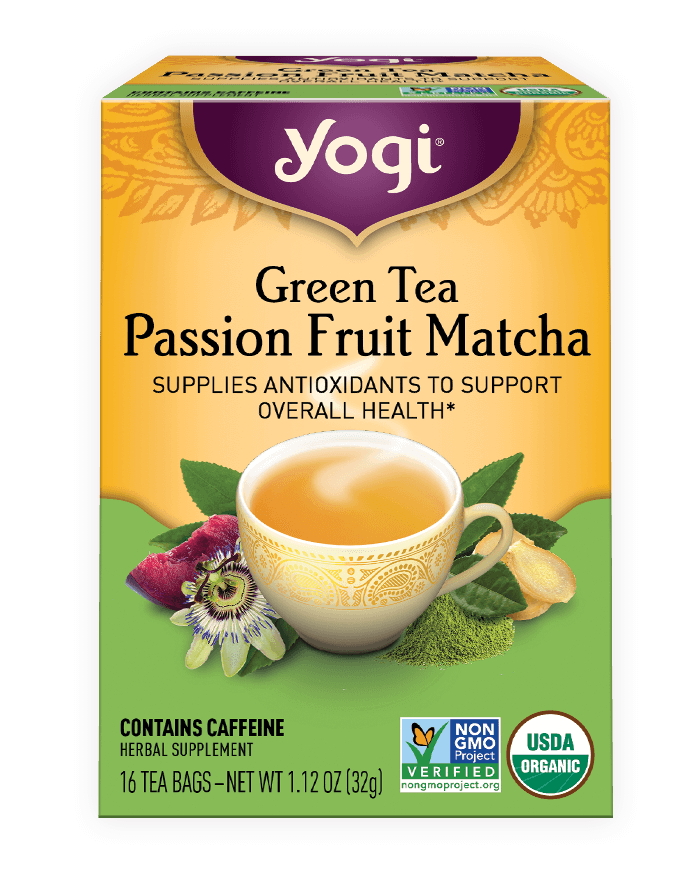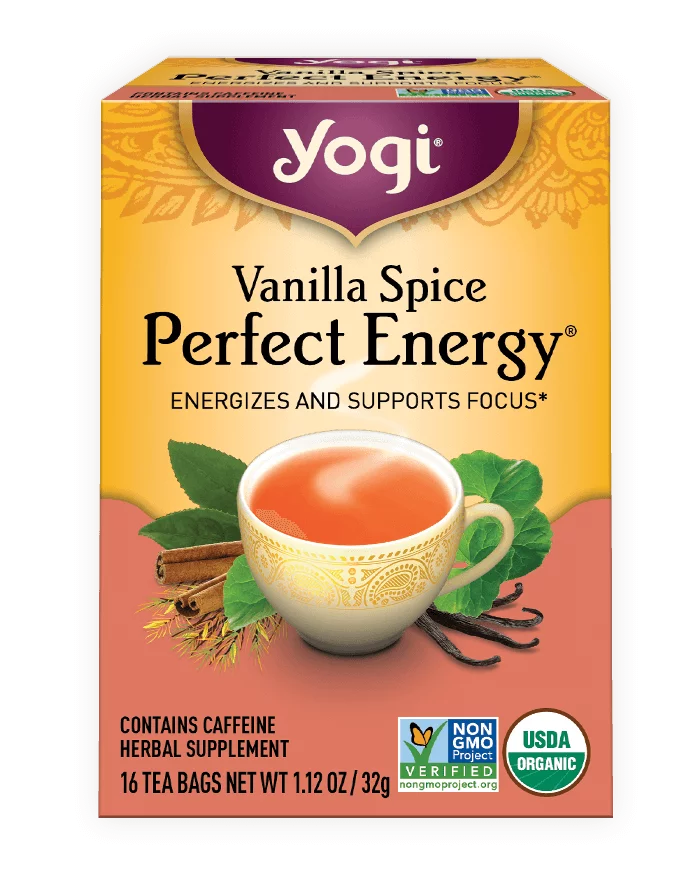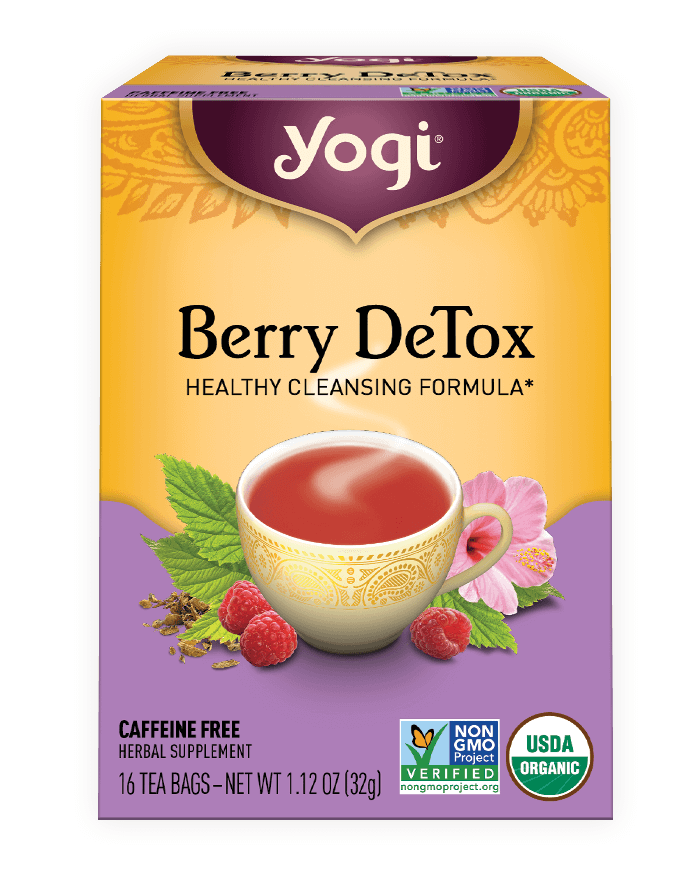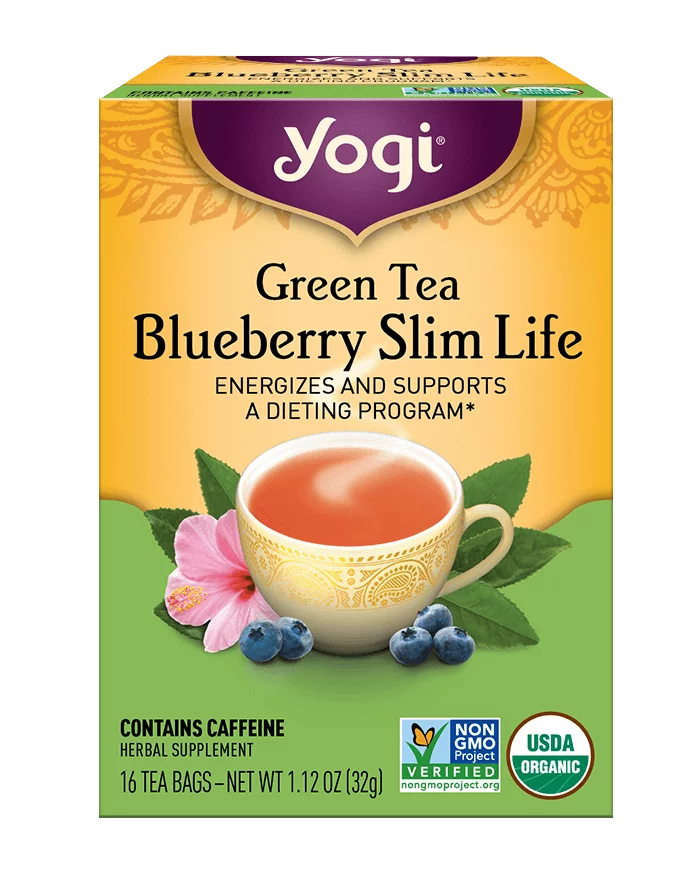
Green Tea
Blueberry Slim Life Tea
ENERGIZES AND SUPPORTS A DIETING PROGRAM*
Formulated to help provide energy for an active lifestyle while dieting, Yogi Green Tea Blueberry Slim Life tea combines Green Tea and Garcinia Cambogia Fruit Extract with Panax Ginseng Root and Eleuthero Root to support stamina. Sweet Blueberries and bright Hibiscus make Yogi Green Tea Blueberry Slim Life tea a delicious addition to a weight loss program of exercise and a balanced diet.*
Each tea bag contains approximately 35 mg of caffeine, as compared to approximately 90 mg in 8 oz of coffee.


Supplement Facts

Yogi Green Tea Blueberry Slim Life Tea Ingredients
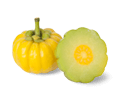
Garcinia Cambogia Fruit
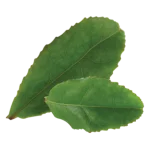
Green Tea Leaf
Green tea is made from the unfermented leaves of Camellia sinensis, the same plant that gives us black and oolong teas. All teas from Camellia sinensis supply antioxidants, but because green tea is the least processed, it is said to contain the most antioxidant polyphenols, which are responsible for its many health benefits.
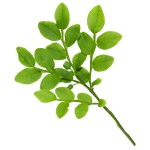
Bilberry Leaf
The bilberry plant, also known as huckleberry and whortleberry, is a shrubby plant that grows in the moderate climates of Eurasia. Bilberry Leaf supplies antioxidants, called anthocyanosides, that can help prevent free radical damage.
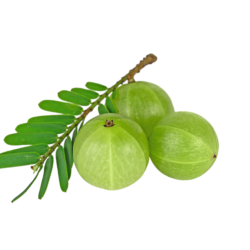
Belleric Myrobalan Fruit (Bibhitaki)
Belleric Myrobalan Fruit (Bibhitaki) is one of three renowned fruits of Ayurveda (joining Amalaki and Haritaki), and one of three herbs in the widely-used Ayurvedic remedy, triphala. The Bibhitaki fruit is most commonly grown in the forests and plains of India, and is known for its astringent quality and sour taste.
In Ayurveda, Bibhitaki has been traditionally used to support the digestive tract and general digestive functions, but can also help to support the urinary and respiratory tracts. One notable property of this Ayurvedic fruit is that it is prized for both its laxative and astringent effects; characteristics not typically found within a single herb. With its warming energy, Bibhitaki is considered one of the best herbs for managing a Kapha constitution.
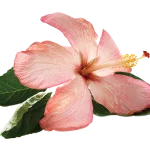
Hibiscus Flower
Hibiscus is a large genus of about 200 flowering plants native to warm, temperate, subtropical and tropical regions throughout the world. Used as a primary ingredient in many herbal beverages, hibiscus flower is also used by herbalists to support bowel function and urination. In Traditional Chinese Medicine, hibiscus is used to support skin health.

Eleuthero Root

Monk Fruit Extract
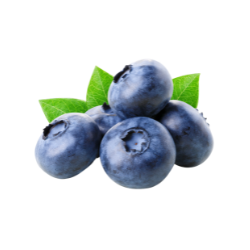
Blueberry
Blueberry is a flowering shrub that is primarily native to the Americas, Europe, and Asia. The sweet, juicy fruit of the Blueberry shrub is known to contain polyphenols and anthocyanins; antioxidant-rich compounds that are thought to have anti-inflammatory and immune-boosting properties. Given their cooling nature, blueberries are believed to help reduce Pitta.
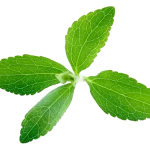
Stevia Leaf
Stevia is a genus of about 240 species of herbs and shrubs in the sunflower family native to subtropical and tropical South America and Central America. The leaf is used primarily as a sweetener in South America. Locals there use it as a substitute for sugar for those who can't use sugar. Various glycosides, including stevoside - which is about 100 to 200 times sweeter than sugar - provide the sweetness. It is widely used as a non-sugar sweetener in other areas of the world, particularly in Japan.
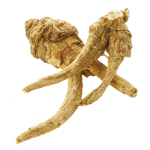
Asian Ginseng Root (Panax ginseng)
Asian Ginseng Root (Panax ginseng) comes from many areas in East Asia, and is often identified by the region of its origin. This herb is one of the most widely used in the United States and in Asia, where it is often used on a daily basis to support general health.
Considered an adaptogenic herb, Ginseng has been traditionally used to remedy long-term stress, as well as to support cognitive function and stamina. Similar to other adaptogens, Ginseng is considered most effective when used over moderately long periods of time (one-to-three months).
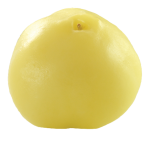
Amla Fruit
Amla Fruit, or Emblic Fruit (Amalaki), is one of the most commonly used herbs in Ayurveda. A sour fruit that is native to India, its flavor is much like an apricot. Amla Fruit is typically used in Ayurvedic as a remedy for inflammation, and is also prized for its cooling properties.
A strong rejuvenative, Amla Fruit supplies antioxidants and Vitamin C, and can also help support digestive function. Additionally, Amla Fruit is the basis for an Ayurvedic rejuvenative jam called chyavanprash, and the widely-used combination herbal blend, triphala.

Chebulic Myrobalan Fruit (Haritaki)
Chebulic Myrobalan Fruit (Haritaki) is considered by some to be the single most important Ayurvedic herb, and is one of the three herbs in the famous Ayurvedic remedy triphala. Widely used in Tibetan medicine, it is called the king of herbs, and in Ayurveda, haritaki is known as the mother. Haritaki is strongly astringent, and is used to promote skin function, as well as to support digestion and elimination. Haritaki is also mildly laxative.

Organic Flavors
Brewing Suggestions
Get the most out of every cup.









